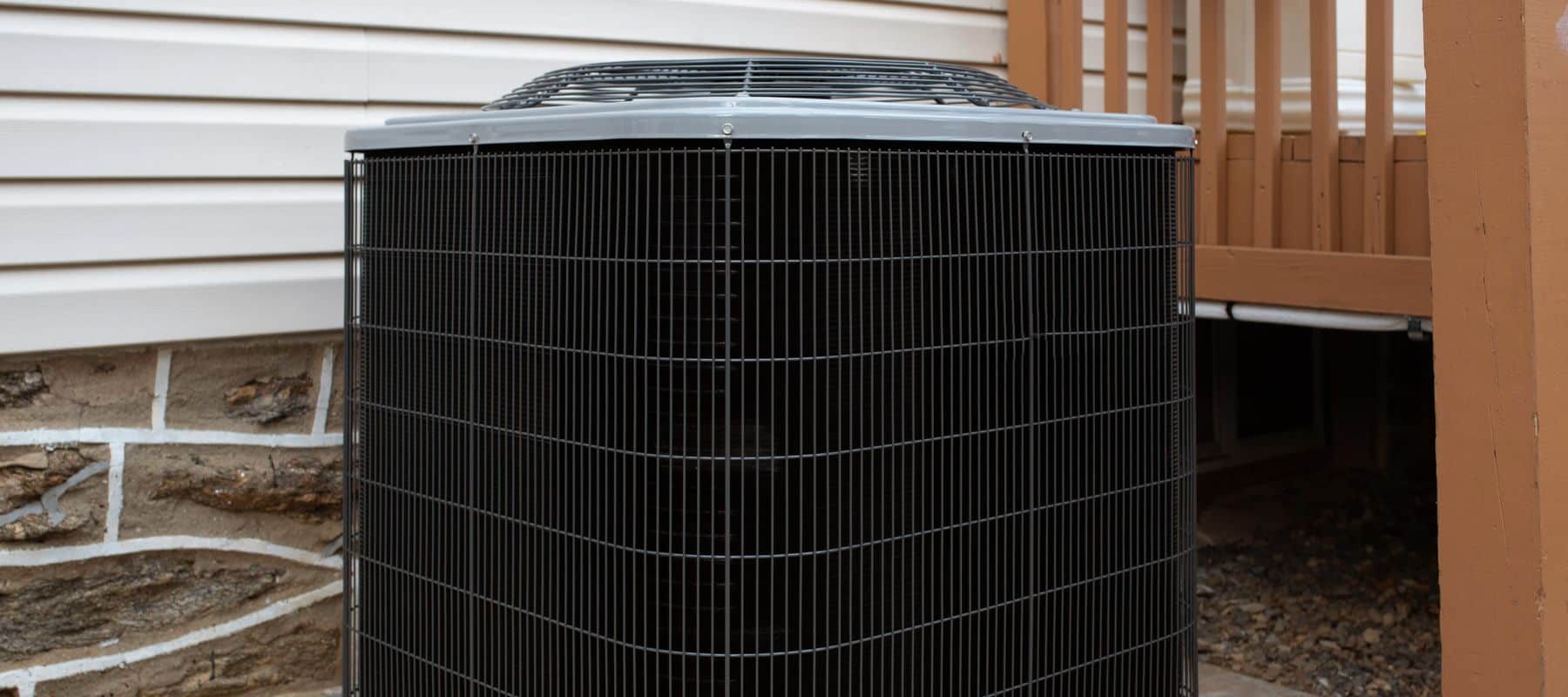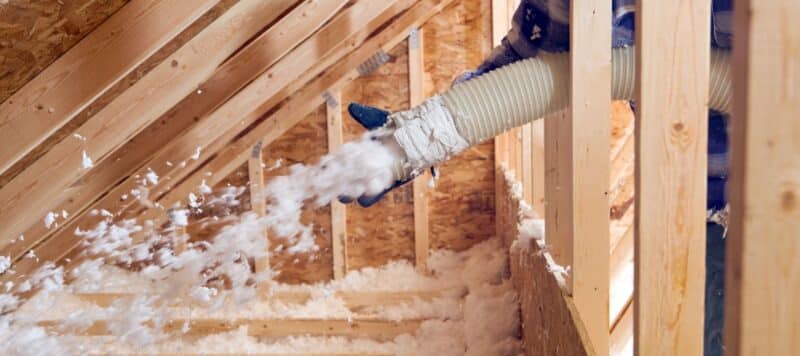
Insulation
The Surprising Benefit Of Blown-In Insulation: Soundproofing!
Choose Blown-In Insulation For A Quieter, More Comfortable Home As New Braunfels, TX, has grown in recent years, finding peace within the…
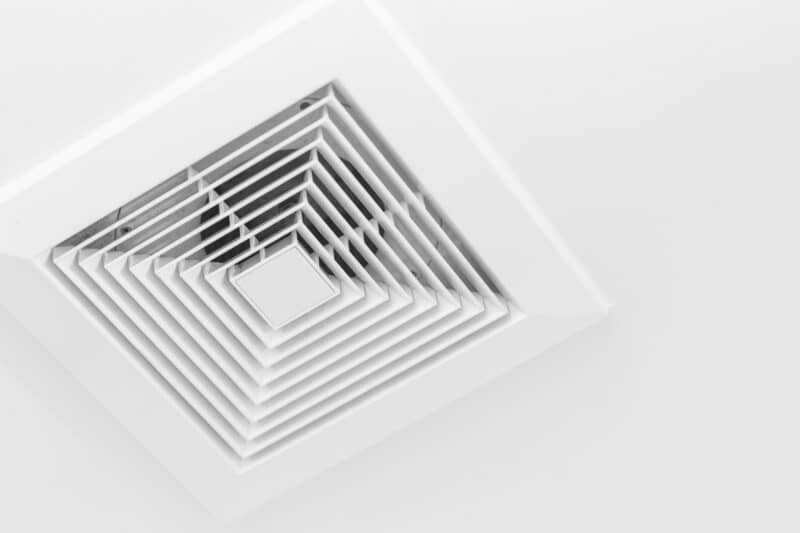
Air Conditioning
How Air Duct Design Transforms HVAC Efficiency
Comprehensive Ductwork Solutions In New Braunfels Your home’s traditional heating and cooling system can’t deliver heat or AC without ductwork. These channels…
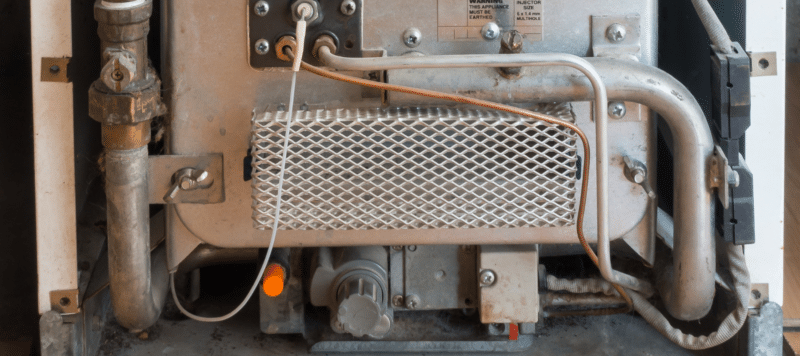
Heating
What Is A Cracked Heat Exchanger?
Understanding HVAC Essentials With Thayer AC At Thayer Air Conditioning in New Braunfels, TX, we believe an informed homeowner is an empowered…
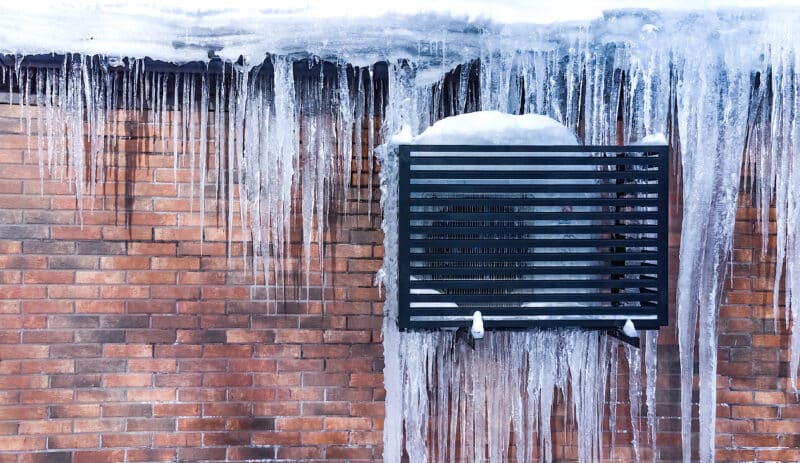
Heating
Do Heat Pumps Stop Working In Cold Weather?
Can You Rely On A Heat Pump? A lot of things have been said about heat pumps and cold weather, creating questions…
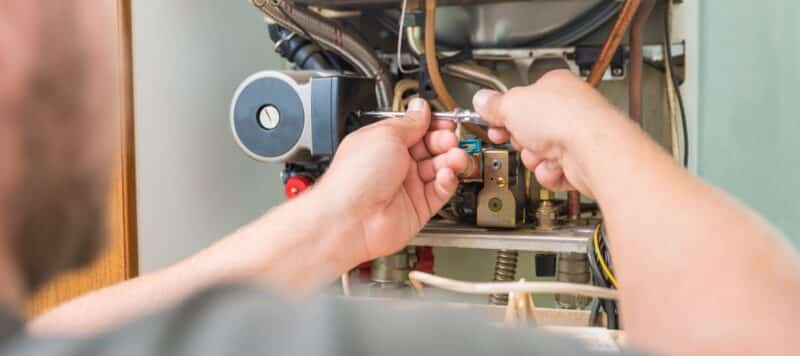
Heating
Does An Electric Furnace Need Annual Maintenance?
Furnace Maintenance Tips Here in New Braunfels, we spend far more of the year worrying about our air conditioners than our furnaces.…
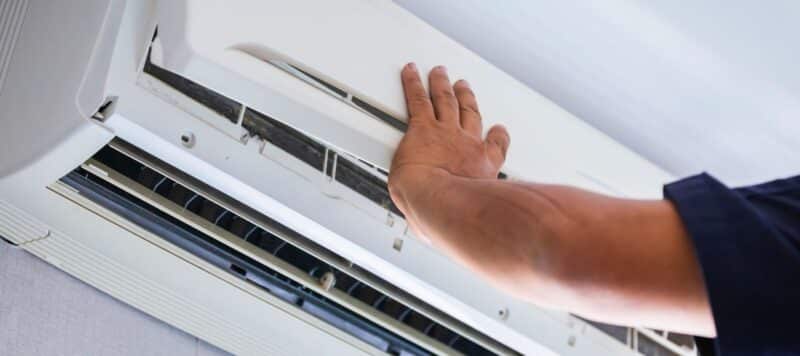
Air Conditioning
Why Is There Dripping In My AC System?
Air Conditioner Repair In New Braunfels With the heat here in New Braunfels blanketing us for the majority of the year, our…
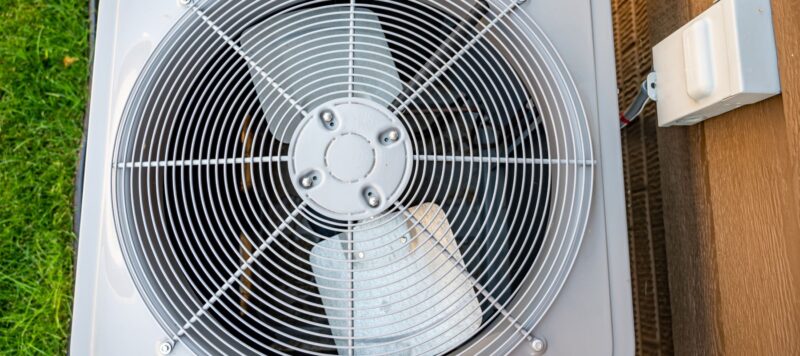
Air Conditioning
Causes Of A Broken AC Fan
AC Repair Company Any malfunction of your air conditioner is a nightmare during the Texas summer. If your AC fan breaks, call…

Air Conditioning
Yes, That Grinding Noise Is a Big Deal
An air conditioner will always make noise. But the sounds you hear should be consistent and identifiable. The compressor will come on…
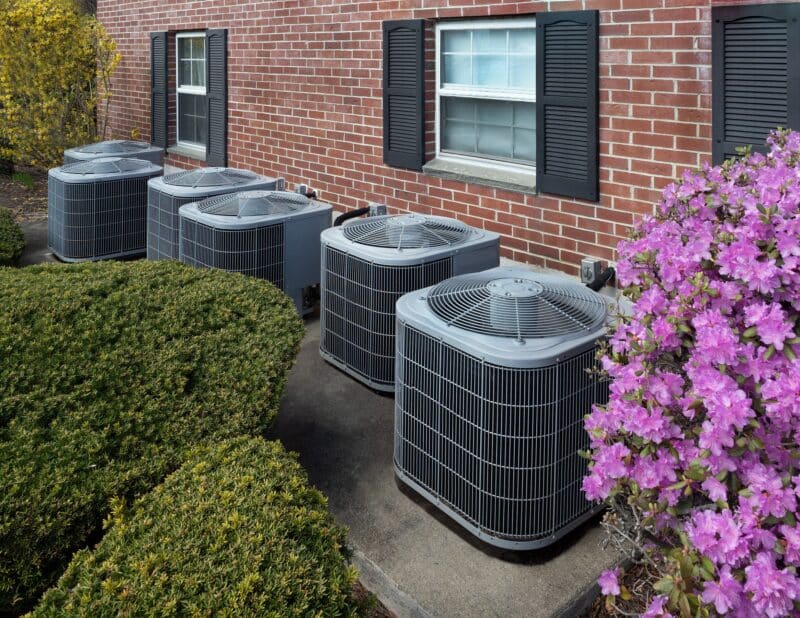
Air Conditioning
AC Refrigerant: Some Basic Facts That Will Help You
We’ve talked in the past about the dangers of refrigerant leaks in an air conditioning system. When an air conditioner loses refrigerant,…

